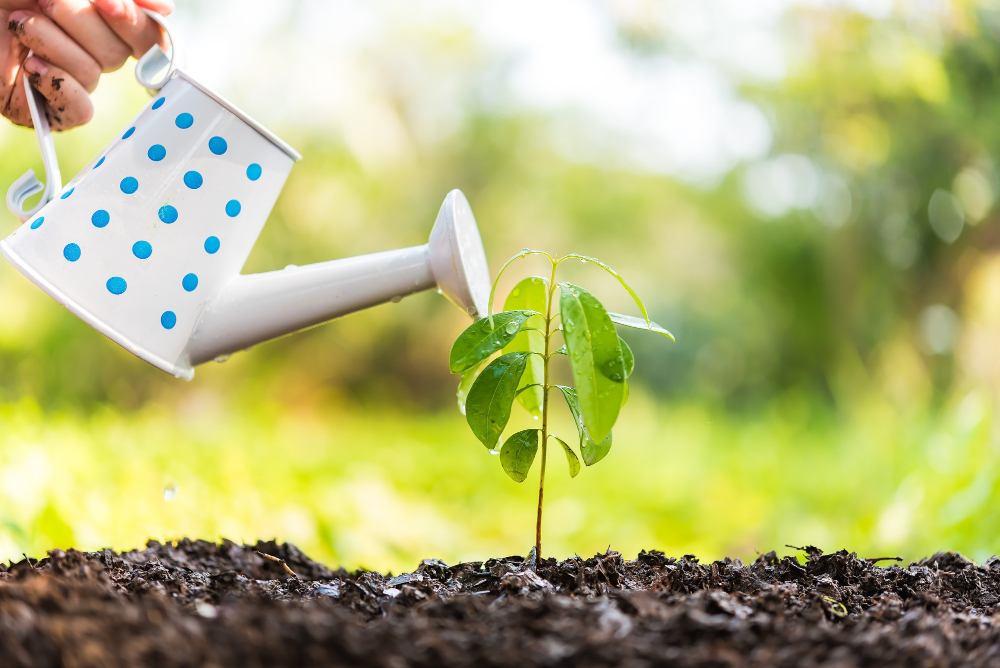
As a property owner, having lush, vibrant trees in your yard adds beauty and life. However, in the quest to provide trees with the best care, homeowners accidentally overwater them. While overwatering may not raise concerns initially, it can be as harmful as underwatering. At the Southern Star Tree, leverage extensive expertise to detect the signs of overwatering and subsequent damages. If you suspect you are overwatering your trees, here are signs you should look for to ensure their health and vitality.
The most noticeable sign of overwatering your trees is waterlogged soil. Soil that is consistently soggy can suffocate tree roots by limiting oxygen exchange. Healthy tree roots need a balance of water and air to thrive, and excessively wet soil or standing water around the tree’s base shows overwatering. This excess moisture can cause rot and other fungal diseases, leading to severe deterioration and tree removal emergencies. The best way to rectify this problem is to reduce your watering frequency and ensure the soil has adequate time to dry between irrigation sessions.
When you overwater your trees, they don’t grow as vigorously as they should. Stunted or slow growth is a common consequence of waterlogged soil, prompting the expertise of professional arborists. The excess water in the soil makes it difficult for the roots to absorb nutrients essential for healthy growth. If you notice smaller leaves, fewer branches, and reduced canopy development, schedule an inspection with a tree service provider. We can assess the damage, adjust your watering schedule, and recommend effective strategies to ensure the right amount of moisture without risking damage and tree removal emergencies.
Another common sign of overwatering is water pressure buildup around the tree’s base. This can occur if you consistently provide more water than the tree can absorb. When you overwater your trees, the water accumulates in the soil, creating pressure around the root zone. This pressure can cause the bark to split or crack, increasing susceptibility to pests and diseases. Routine checks by a professional tree care company can improve your watering habits and ensure the soil has sufficient time to drain.
The most troubling sign of overwatering is when your tree’s leaves turn brown and wilt. This can show the tree is suffering from stress because of excessive moisture. Excess water deprives roots of oxygen, affecting their ability to transport water and nutrients effectively. If your trees lose vitality and the leaves turn brown, it may be time to call a tree care company. We can customize a watering schedule to mitigate overwatering and improve soil drainage. However, it’s important to note that once leaves turn brown and wilted, they may not recover, and you should focus on preventing further damage.
While giving your trees the best care possible is vital, overwatering can devastate their health. We recommend working with a professional tree service provider to strike the right balance in watering your trees. Contact us at the Southern Star Tree and schedule a consultation with our arborists to maintain healthy, lush, and durable trees.